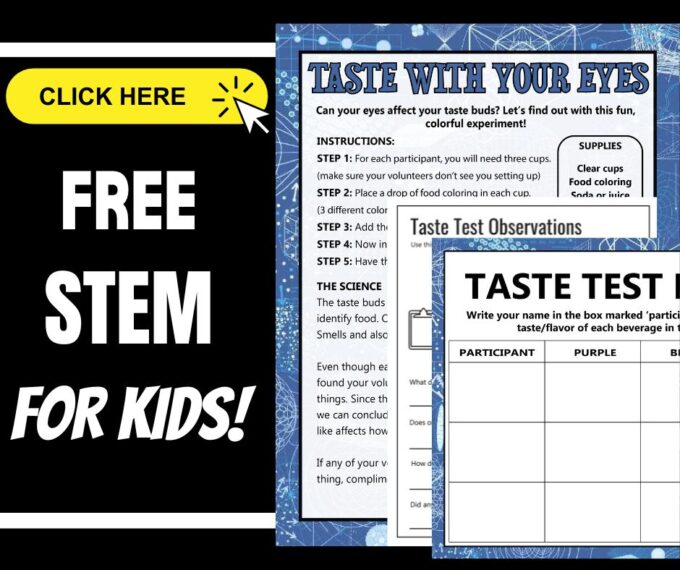Have you ever wondered if the color of food or drink affects how it tastes? Can your eyes really affect your taste buds? Let’s find out with this fun, colorful experiment! Explore whether the color of a drink affects how it is perceived in terms of taste. Gather your taste testers and find out how to set up this easy science project!
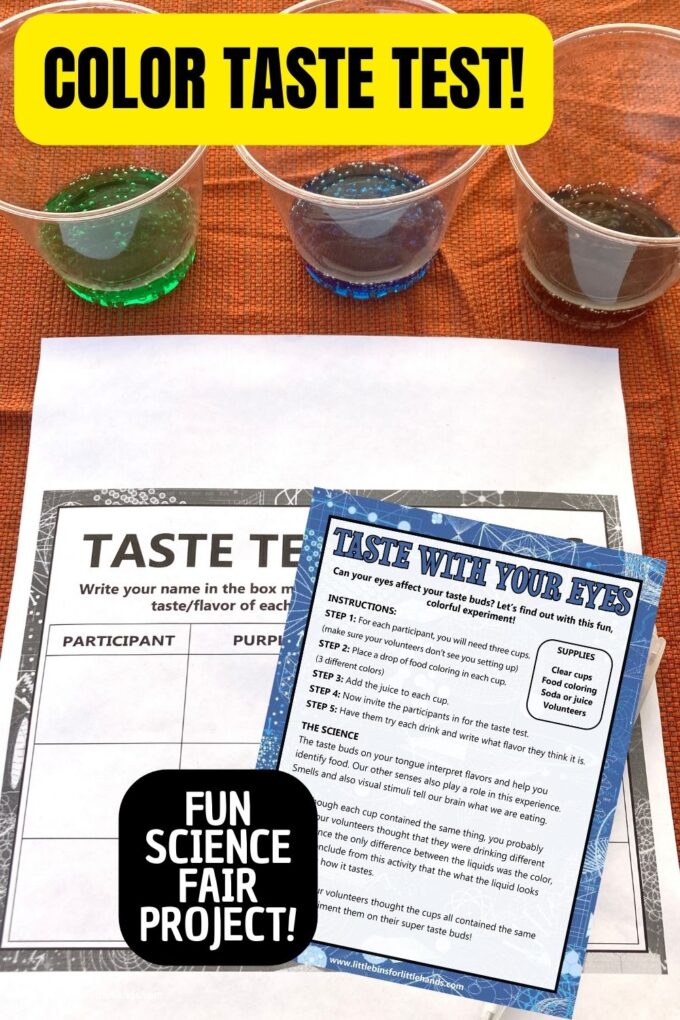
Does Color Affect Taste Experiment
For younger kiddos, check out our apple taste test and pop rocks taste test using the 5 senses!
Supplies:
- Clear cups
- Food coloring
- Soda or juice
- Volunteers
- Printable taste test worksheet to record your results
Instructions:
STEP 1: For each participant, you will need three cups. Make sure your volunteers don’t see you setting up!
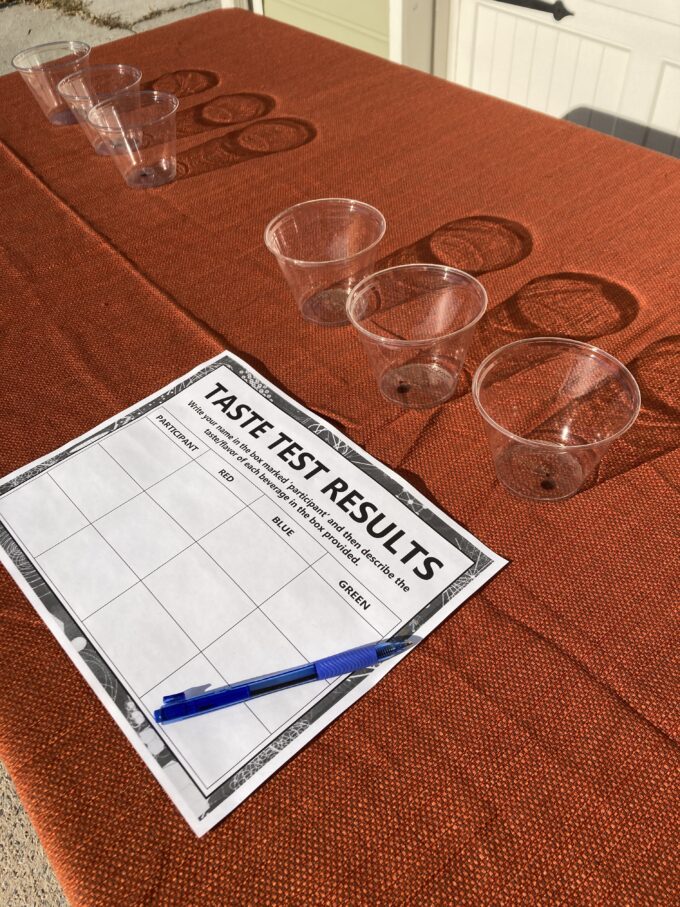
STEP 2: Place a drop of food coloring in each cup. A different color for each cup.
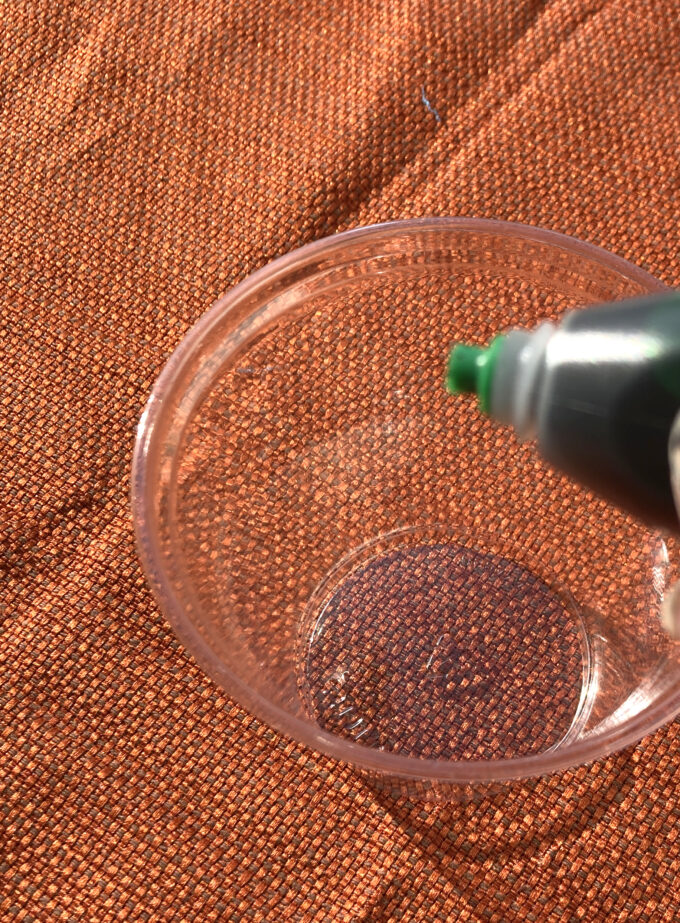
STEP 3: Add the juice or soda to each cup.
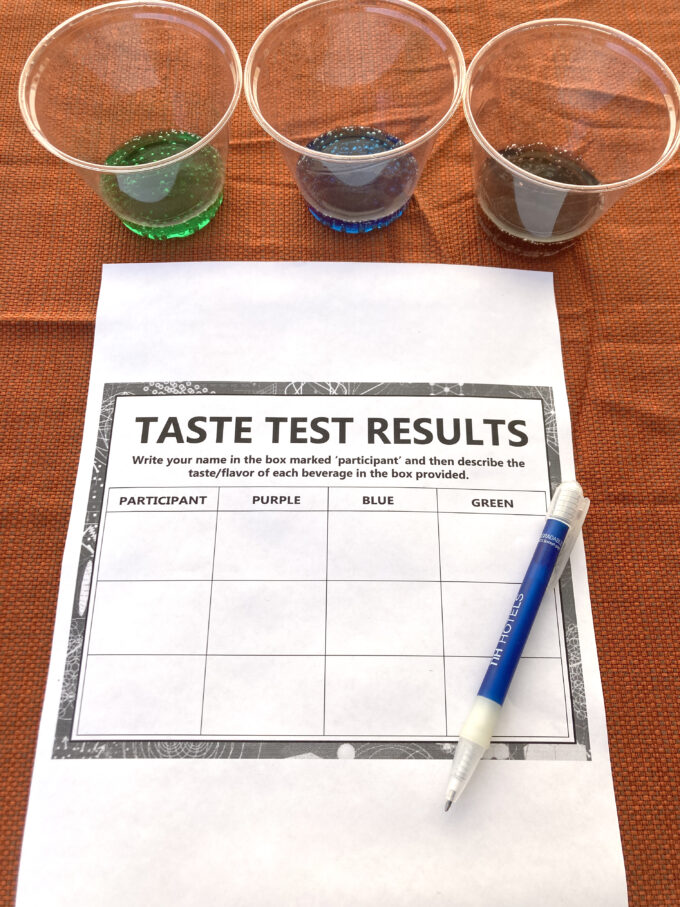
STEP 4: Now invite the participants in for the taste test. Have them try each drink and write what flavor they think it is.
TIP: Our printable taste test worksheet below is great for recording your results!
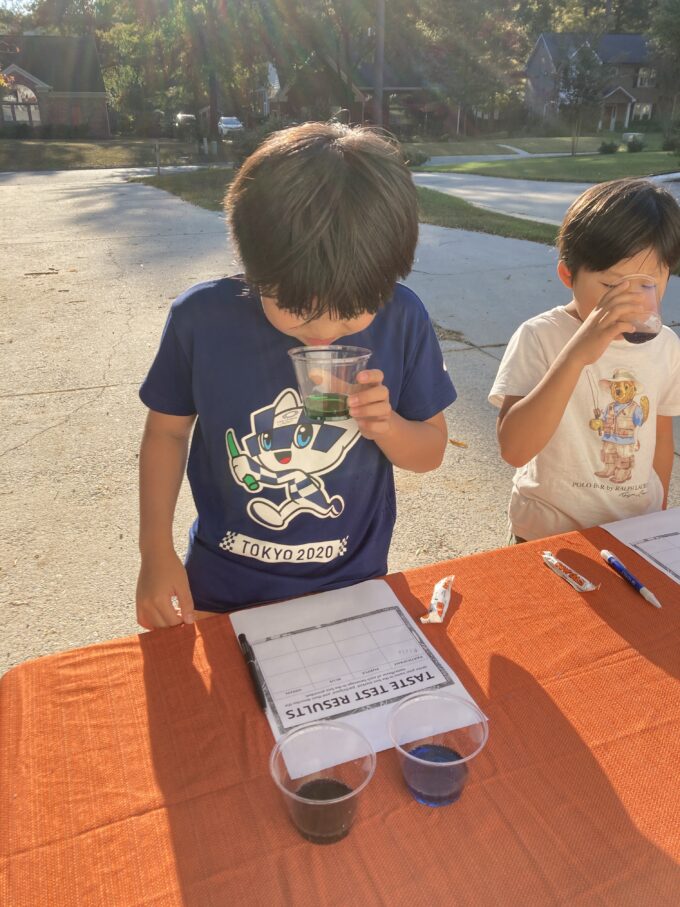
Free Printable Color Taste Test Project!
The Science of Tasting
The taste buds on your tongue interpret flavors and help you identify food. Our other senses also play a role in this experience. Smells and also visual stimuli tell our brain what we are eating.
Even though each cup contained the same thing, you probably found your volunteers thought that they were drinking different things. Since the only difference between the liquids was the color, we can conclude from this activity that the what the liquid looks like affects how it tastes.
If any of your volunteers thought the cups all contained the same thing, compliment them on their super taste buds!
TIP: The Stroop Effect is another fun test you can do with a friend to explore how your brain is affected by color!
Tips For Setting Up A Color Taste Test Science Fair Project
Here are five tips to get you started:
Choose Your Variables
Clearly define your independent variable (the color of the food or drink) and your dependent variable (the perceived taste). Decide on a control group (the same food or drink without added color) to compare against. Learn more about choosing variables.
Select Your Test Subjects
Determine who will participate in your taste test. Consider factors such as age, number of participants, and any dietary restrictions or allergies. Make sure your sample size is large enough to provide meaningful results. The more people you can survey the better!
Standardize Your Testing Procedure
Develop a consistent procedure for your taste tests to ensure accuracy and reliability. Use the same amount of food or drink for each test subject and present them in a randomized order to minimize bias.
Collect Data and Record Observations
Keep detailed records of your taste test results, including the color of each sample, the taste ratings provided by each participant, and any additional comments or observations.
Analyze and Interpret Your Results
Once you have collected your data, analyze it to determine if there is a correlation between color and perceived taste. Look for patterns or trends in the data and consider factors such as individual preferences and expectations. Draw conclusions based on your findings and consider possible explanations for any observed effects.
By following these tips, you can design and conduct a well-organized science fair project to investigate whether color affects taste. Remember to communicate your methods, results, and conclusions clearly in your presentation or report.
Also check out these resources…
More Fun Science Project Ideas
- Color Changing Flowers
- Gummy Bears Osmosis Experiment
- What Makes Ice Melt Faster Experiment
- Pop Rocks Science Project
- Growing Crystals Science Project
- Earthquake Experiment
- Lava Lamp Experiment
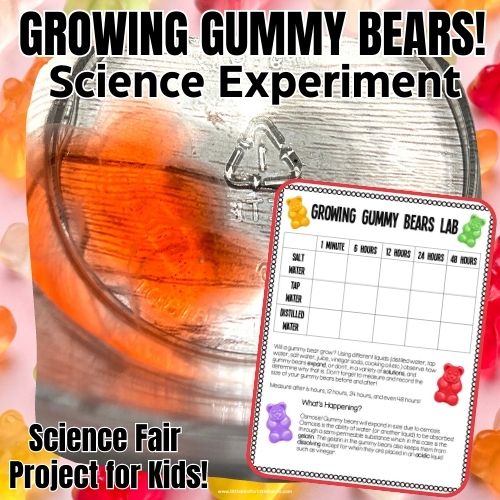
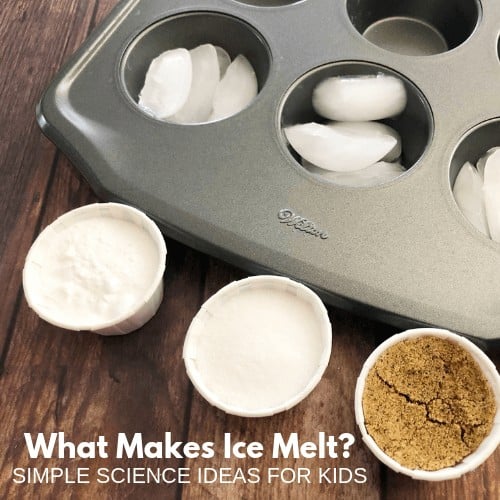
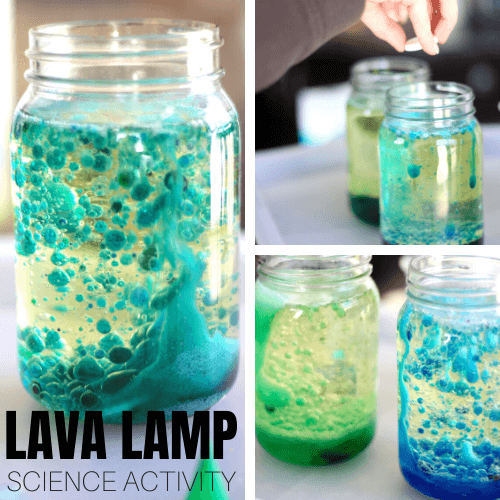
Printable Science Projects For Kids
If you’re looking to grab all of our printable science projects in one convenient place plus exclusive worksheets and bonuses like a STEAM Project pack, our Science Project Pack is what you need! Over 300+ Pages!
- 90+ classic science activities with journal pages, supply lists, set up and process, and science information. NEW! Activity-specific observation pages!
- Best science practices posters and our original science method process folders for extra alternatives!
- Be a Collector activities pack introduces kids to the world of making collections through the eyes of a scientist. What will they collect first?
- Know the Words Science vocabulary pack includes flashcards, crosswords, and word searches that illuminate keywords in the experiments!
- My science journal writing prompts explore what it means to be a scientist!!
- Bonus STEAM Project Pack: Art meets science with doable projects!
- Bonus Quick Grab Packs for Biology, Earth Science, Chemistry, and Physics


